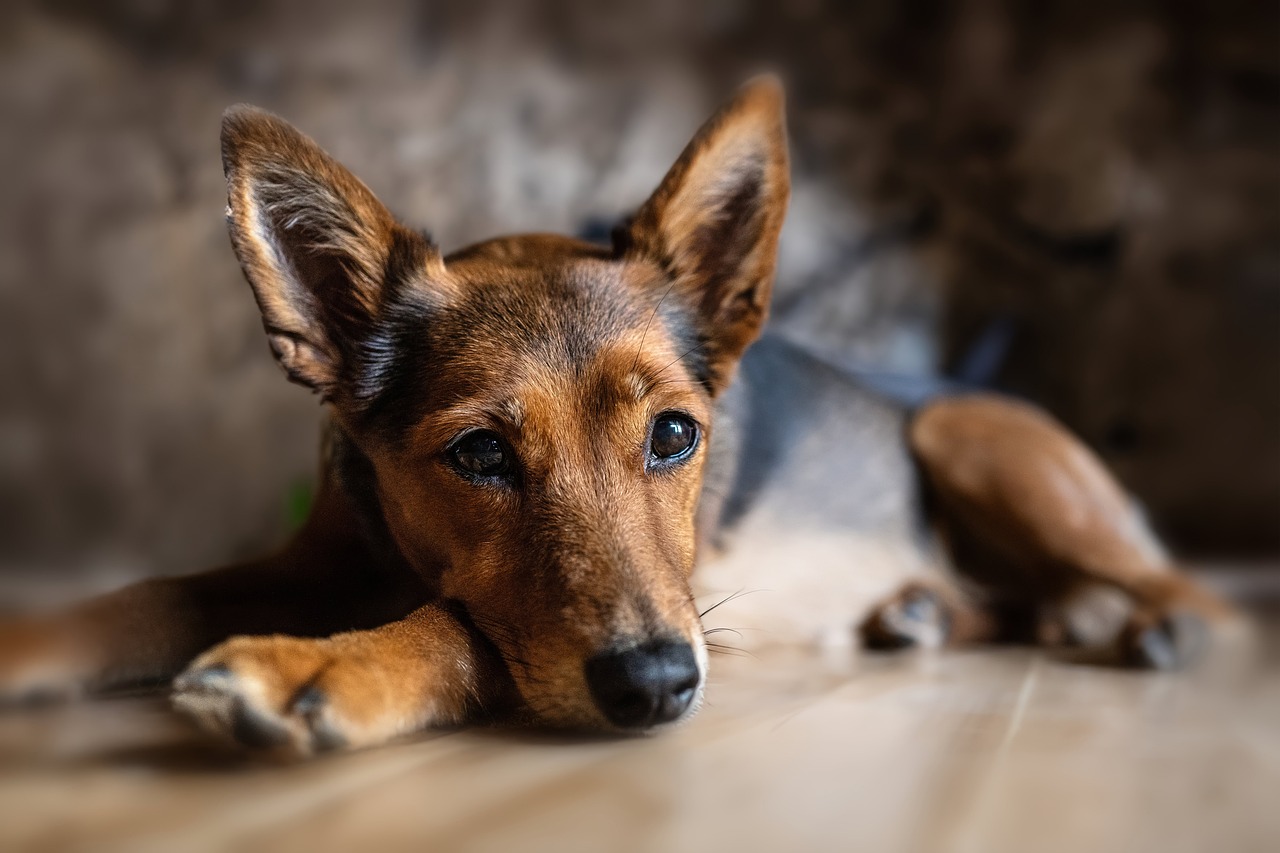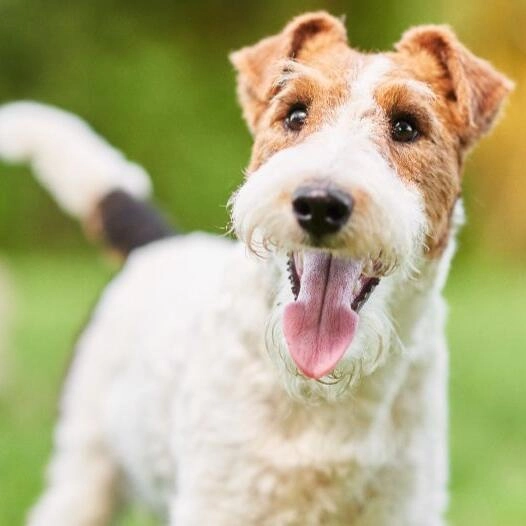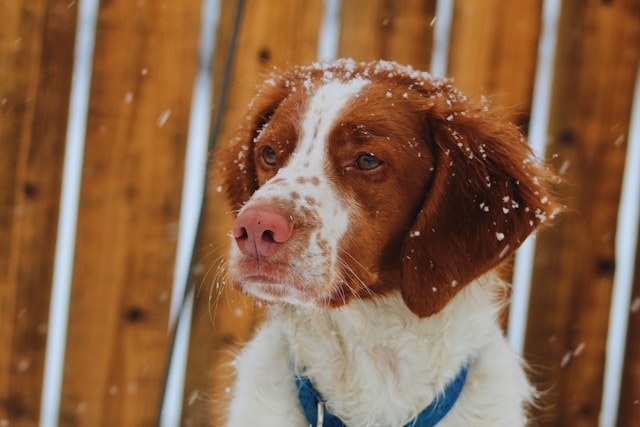Recognizing the signs of anxiety in dogs ensures their well-being and happiness. Just like humans, dogs can experience anxiety, which can significantly impact their quality of life. Anxiety in dogs can manifest in various ways, ranging from subtle behavioral changes to more overt physical symptoms. Early identification and intervention are crucial to managing anxiety effectively and preventing it from escalating into more severe behavioral problems. By understanding the signs of anxiety in dogs and learning how to address them, pet owners can create a more supportive and comforting environment for their furry companions.
This article will delve into the common causes of anxiety in dogs, the types of anxiety they may experience, and the physical, behavioral, and emotional signs to look out for. Additionally, we will provide practical tips and strategies for managing and reducing anxiety in dogs.
Understanding Dog Anxiety
What Causes Anxiety in Dogs?
Several factors can contribute to anxiety in dogs, and understanding these causes is the first step toward addressing the issue. Common causes include:
- Separation Anxiety occurs when a dog becomes distressed when left alone or separated from their owner. It is one of the most common forms of anxiety in dogs.
- Loud Noises: Thunderstorms, fireworks, and other loud noises can trigger anxiety in dogs, especially if they have had negative experiences associated with these sounds.
- Unfamiliar Environments: Changes in routine or environment, such as moving to a new home or being in an unfamiliar place, can cause anxiety.
- Past Trauma: Dogs that have experienced abuse, neglect, or traumatic events may develop anxiety as a result of their past experiences.
Find Out Top Breeds With Severe Anxiety
Types of Anxiety in Dogs
There are several types of anxiety that dogs may experience, each with its own set of triggers and symptoms:
- Separation Anxiety: Dogs with separation anxiety may exhibit distress behaviors when their owner is not present.
- Social Anxiety: This type of anxiety occurs when dogs are exposed to unfamiliar people or animals and may result in fear or aggression.
- Generalized Anxiety: Some dogs may experience anxiety without a specific trigger, resulting in a general state of nervousness or fear.
Physical Signs of Anxiety in Dogs
Excessive Panting and Drooling
One of the physical signs of anxiety in dogs is excessive panting and drooling. While panting is normal for dogs, particularly after exercise, excessive panting without physical exertion can indicate anxiety. Similarly, increased drooling can be a sign of stress, especially in situations that do not typically cause drooling.
Trembling and Shaking
Trembling and shaking are common signs of fear and anxiety in dogs. If your dog is trembling or shaking in response to specific triggers, such as loud noises or unfamiliar environments, it clearly indicates they are feeling anxious.
Behavioral Signs of Anxiety in Dogs
Destructive Behavior
Destructive behaviors, such as chewing, digging, and scratching, can be signs of anxiety in dogs. Dogs may engage in these behaviors as a way to cope with their stress and anxiety. For example, a dog with separation anxiety may chew on furniture or other objects when left alone.
Excessive Barking and Whining
Vocalizations, including excessive barking and whining, can indicate that a dog is experiencing anxiety. Dogs may bark or whine to express their distress and seek comfort from their owners.
Restlessness and Pacing
Restlessness and pacing are also common signs of anxiety in dogs. An anxious dog may have difficulty settling down and may pace back and forth or exhibit other restless behaviors.
Learn 11 Ways To Ease Dog Anxiety Naturally
Emotional Signs of Anxiety in Dogs
Aggression
In some cases, anxiety can manifest as aggression towards people or other animals. This aggression may be a defensive response to perceived threats or a way to assert control in stressful situations.
Avoidance Behavior
Dogs with anxiety may also exhibit avoidance behaviors, such as hiding, cowering, or avoiding certain people or situations. These behaviors are a way for the dog to protect themselves from what they perceive as threatening or overwhelming.
Addressing and Managing Anxiety in Dogs
Professional Help and Training
For severe cases of anxiety, it is important to seek help from a veterinarian or professional dog trainer. These professionals can assess the severity of the anxiety and recommend appropriate treatments, such as medication or specialized training programs.
Creating a Safe Environment
Creating a calm and secure environment for your dog can help reduce anxiety. This can include providing a safe space where your dog can retreat when they feel stressed, maintaining a consistent routine, and minimizing exposure to known triggers.
Behavioral Modification Techniques
Behavioral modification techniques, such as desensitization and counter-conditioning, can be effective in managing anxiety in dogs. Desensitization involves gradually exposing the dog to the source of their anxiety in a controlled manner while counter-conditioning focuses on changing the dog’s emotional response to the trigger by associating it with positive experiences.
Discover 4 Ways To Reduce Your Dog’s Anxiety
Conclusion: Recognizing and Addressing Dog Anxiety
Recognizing the signs of anxiety in dogs is crucial for ensuring their well-being and happiness. By understanding the common causes and symptoms of anxiety, dog owners can take proactive steps to manage and reduce their pet’s stress. Seeking professional help, creating a safe environment, and employing behavioral modification techniques are all effective strategies for addressing dog anxiety. By observing your dog closely and responding to their needs, you can help them lead a more comfortable and stress-free life, strengthening the bond between you and your furry friend.





